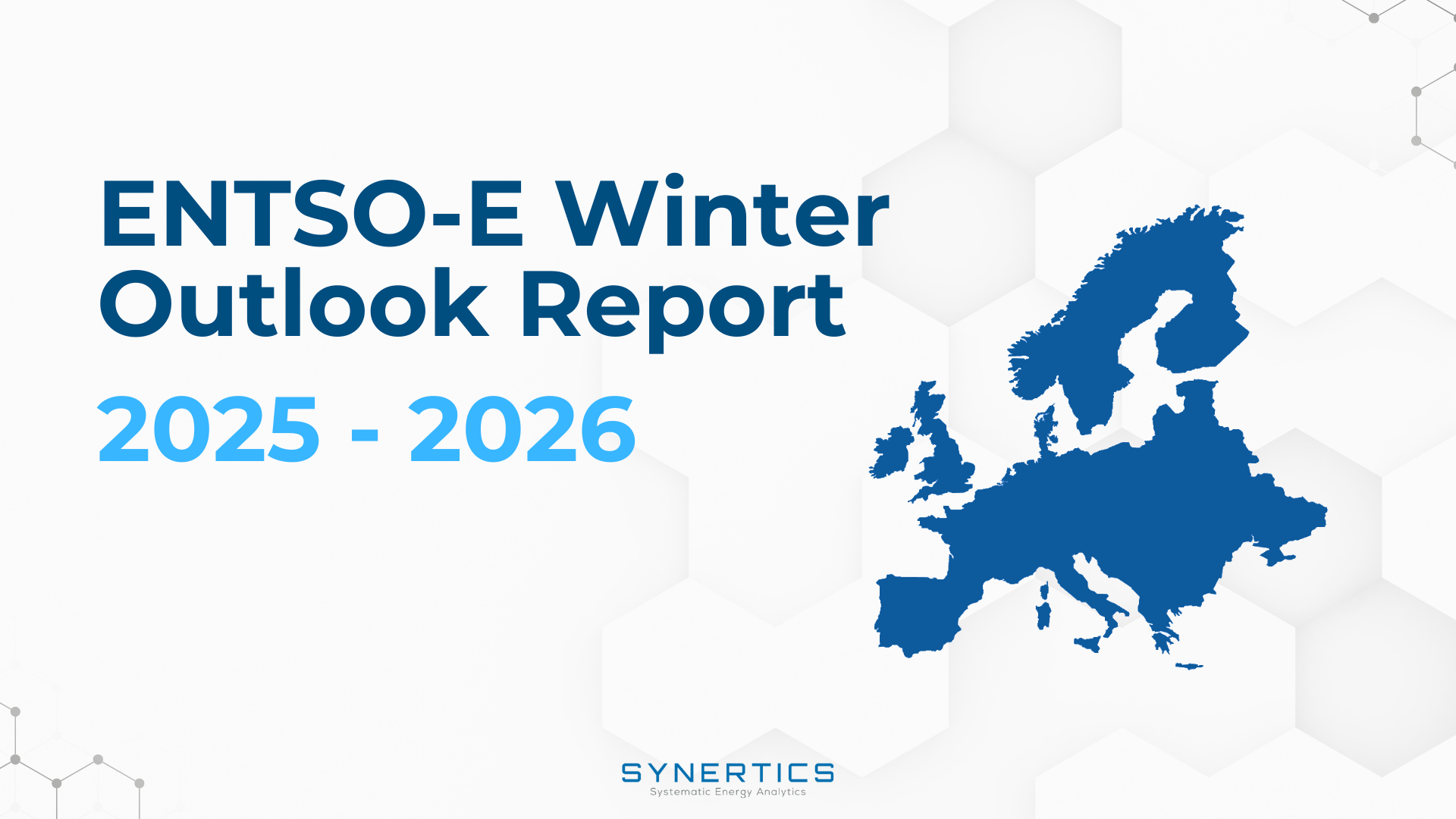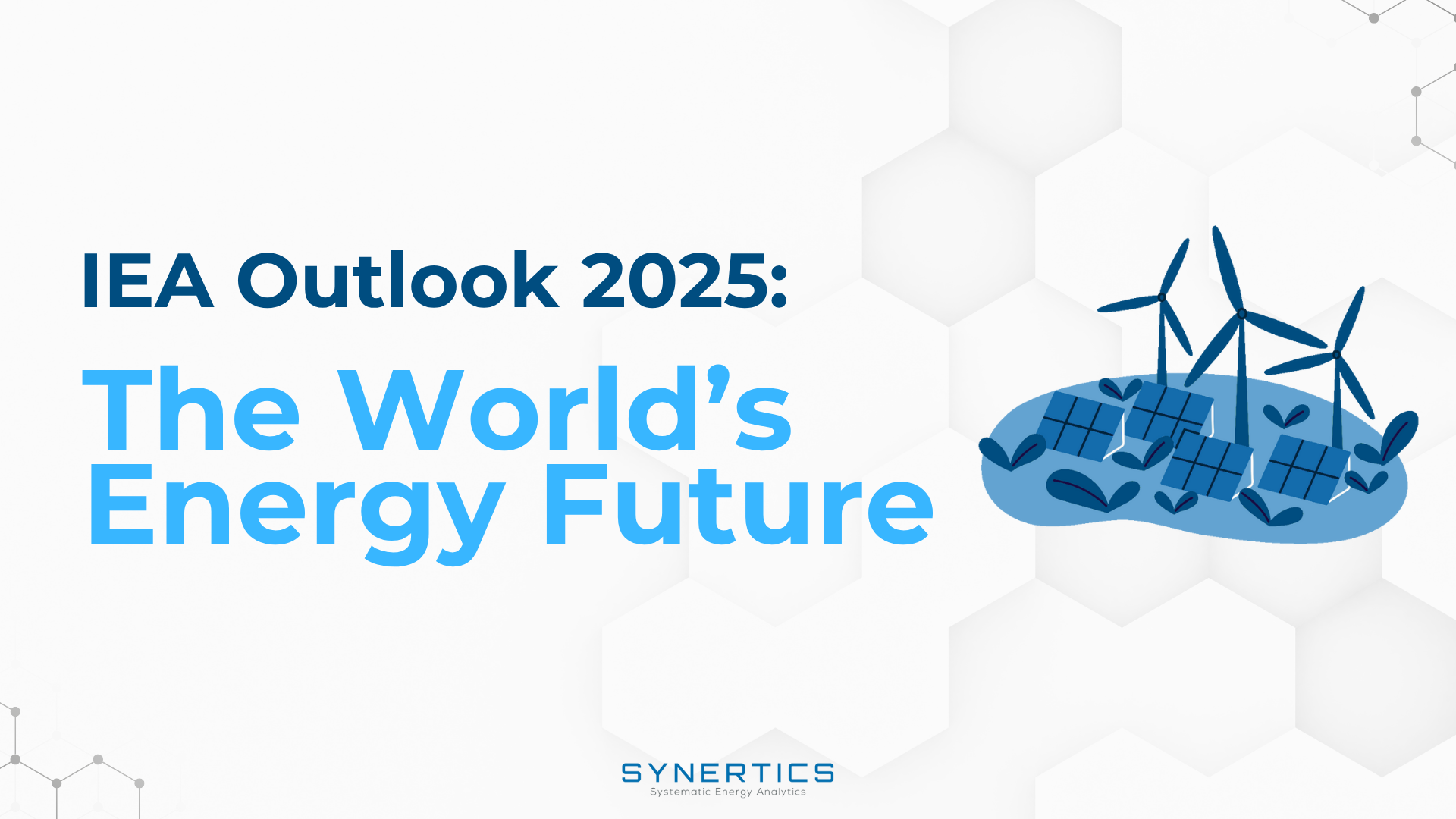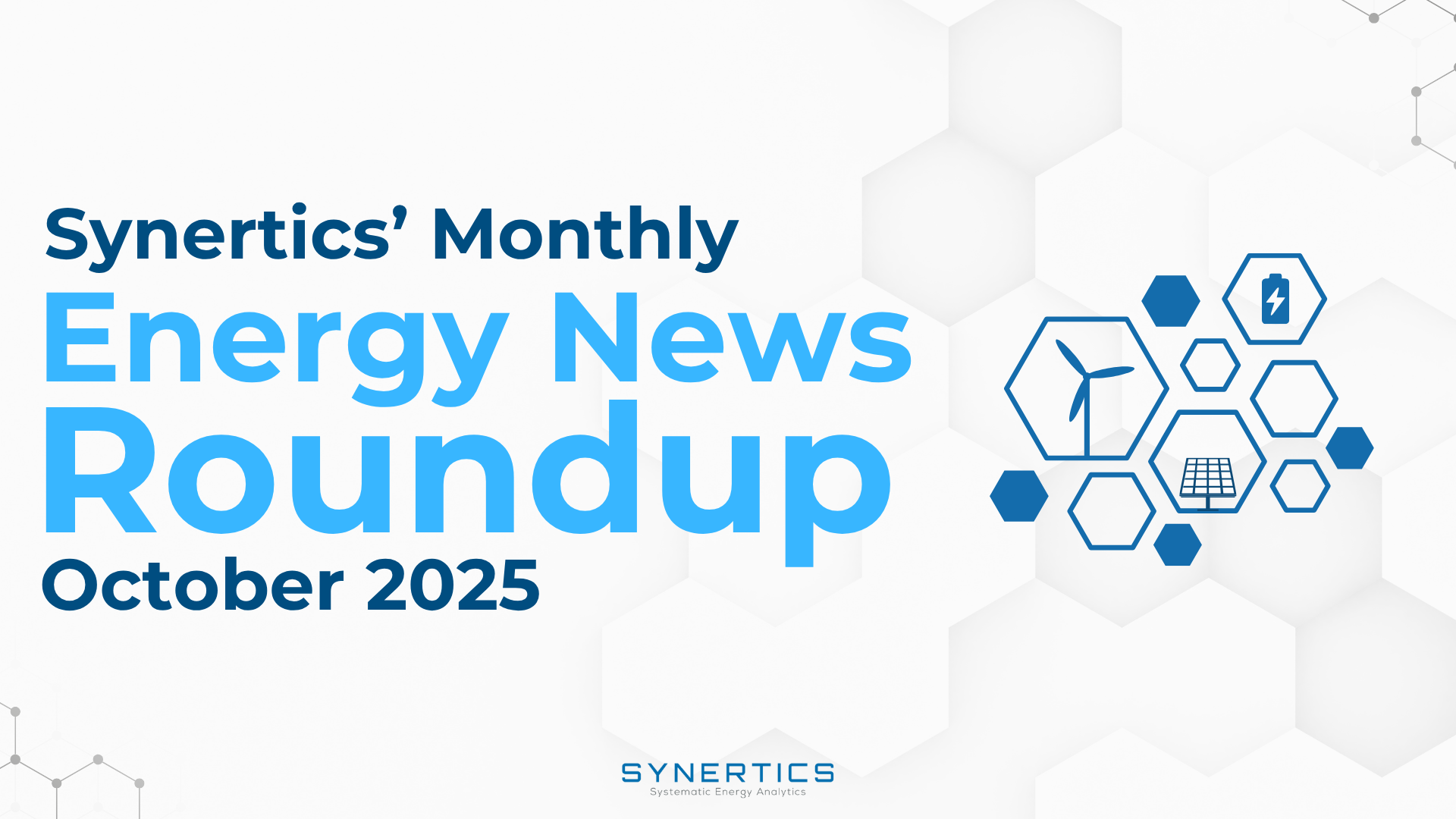Join us on our journey towards renewable energy excellence, where knowledge meets innovation.
As the European Union strengthens its climate ambitions under the Green Deal and the “Fit for 55” package, there’s growing concern about carbon leakage, a phenomenon where companies relocate production to countries with less stringent climate policies, undermining the EU’s environmental efforts. This not only shifts emissions abroad instead of reducing them but also creates unfair competition for EU-based industries subject to carbon pricing under the EU Emissions Trading System (ETS).

To address this issue, the EU has introduced the Carbon Border Adjustment Mechanism (CBAM), a policy designed to ensure that imported goods are subject to the same carbon costs as products manufactured within the EU. This levels the playing field for EU industries while encouraging greener production practices globally.
Since January 2024, importers into the EU have been required to report the embedded carbon emissions of specific goods. CBAM initially covers carbon-intensive sectors at high risk of carbon leakage, including cement, steel, aluminium, fertilisers, hydrogen, and electricity. It is one of the flagship instruments in the EU’s “Fit for 55” legislative package, which aims to reduce greenhouse gas emissions by 55% by 2030.
Importers of these goods must purchase CBAM certificates reflecting the carbon price that would have applied had the goods been produced under the EU ETS. This mechanism discourages offshoring of emissions-intensive production and supports the EU’s climate objectives.
As part of the EU’s Competitiveness Compass, the European Commission introduced a package of proposed updates to the CBAM in early 2025. Aimed at streamlining implementation and reducing the burden on businesses, especially smaller importers, these reforms form part of the so-called 2025 Omnibus Regulation. Here’s what you need to know:
1. New Threshold for CBAM Exemptions
The Commission proposes to replace the current exemption, which excludes shipments of CBAM goods valued under €150, with a mass-based threshold. Under the new rule, importers bringing in less than 50 tonnes of CBAM-covered goods per year (excluding electricity and hydrogen) would be exempt from CBAM requirements. This shift is expected to exempt approximately 90% of importers, while still covering more than 99% of embedded emissions, ensuring the environmental impact remains significant without overburdening smaller players.
2. Simplified Reporting for Finishing Processes
For iron, steel, and aluminium products that undergo only finishing steps, such as coating, cutting, or polishing, importers will no longer be required to report emissions from these final processes. Instead, only emissions from upstream production need to be declared, reducing the complexity of reporting obligations.
3. Delayed Purchase of CBAM Certificates
While financial obligations under CBAM still officially begin in January 2026, importers will not need to purchase CBAM certificates until 2027. This delay gives businesses additional time to prepare for the full financial implications of CBAM compliance, while aligning with the regulation’s long-term goals.
4. Credit for Foreign Carbon Pricing
From 2027 onward, carbon costs already paid in the country of origin can be deducted from an importer’s CBAM certificate obligations. This ensures fairer treatment of goods coming from regions that already have their own carbon pricing systems in place.
5. Clarification on Electricity Emissions
The updated regulation also clarifies that for electricity imports only direct emissions, those released during the actual generation of electricity, will be considered when calculating the carbon footprint under CBAM. This simplifies the process and ensures a consistent approach to emissions accounting.
It’s important to note that these updates are still proposals. The European Parliament and Council will now begin reviewing the text and negotiating a final version. Until then, the details of these provisions are subject to change.
One of the main implications of CBAM is the increase in costs for importers. Companies will need to purchase CBAM certificates that reflect the embedded carbon content of their imported goods. This effectively introduces a new cost layer directly linked to emissions, making carbon-intensive imports more expensive.
In addition to financial impacts, compliance presents a significant challenge. Accurate emissions reporting is essential, as failure to report or misreporting emissions can result in penalties.. This makes transparency and data accuracy critical components of a successful CBAM compliance strategy.
Power Purchase Agreements (PPAs) can play a key role in mitigating the impact of CBAM. By sourcing electricity from renewable energy through PPAs, companies can significantly reduce the embedded emissions of their products. This in turn leads to a reduction in the number of CBAM certificates required, translating into direct cost savings.
Moreover, investing in renewable energy strategies through PPAs offers companies a competitive advantage. As environmental responsibility becomes a growing priority for consumers and investors alike, businesses that demonstrate a proactive approach to sustainability are better positioned in global supply chains. PPAs not only support emissions reduction but also contribute to long-term corporate sustainability and market differentiation.
The EU’s Carbon Border Adjustment Mechanism significantly reshapes how companies approach carbon-intensive imports, with both financial and operational implications. The latest 2025 proposals reflect the EU’s intent to maintain environmental ambition while easing the burden on smaller importers and simplifying compliance.
As CBAM evolves, Power Purchase Agreements (PPAs) present a powerful tool for companies to reduce embedded emissions, control long-term electricity costs, and stay ahead of regulatory risks. By sourcing renewable energy through well-structured PPAs, businesses can minimise CBAM costs.
Get in touch with our PPA advisory team today and let us help your company navigate the challenges of CBAM and their implications for PPAs.

Insights
2nd Dec, 2025

Insights
19th Nov, 2025

Insights
3rd Nov, 2025